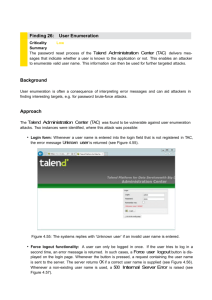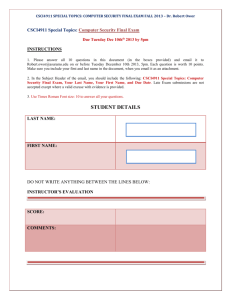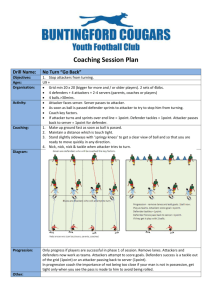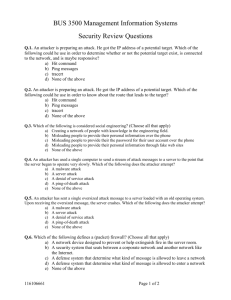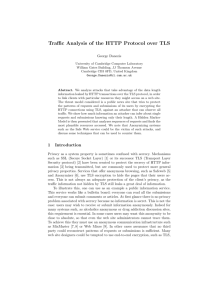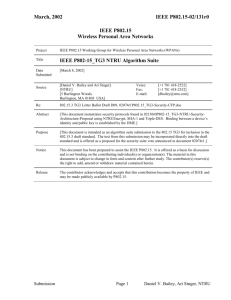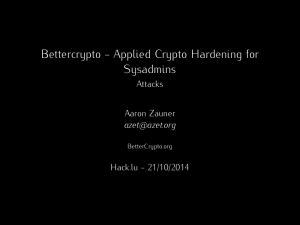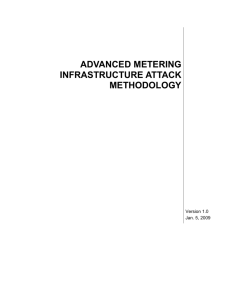Review Questions
advertisement
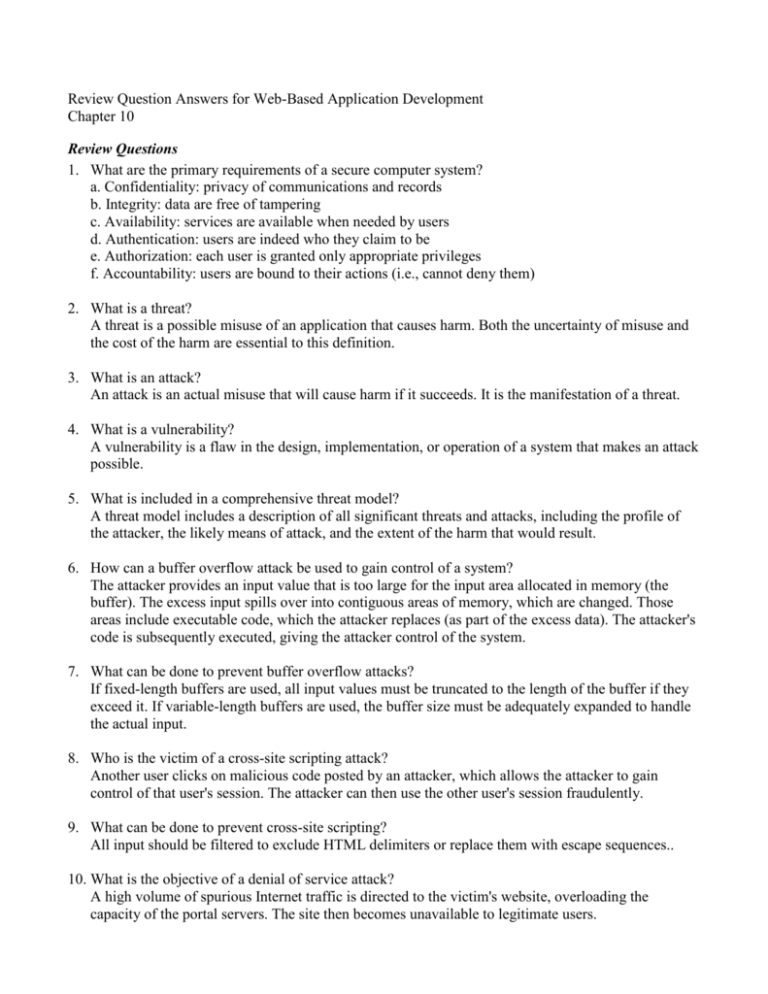
Review Question Answers for Web-Based Application Development Chapter 10 Review Questions 1. What are the primary requirements of a secure computer system? a. Confidentiality: privacy of communications and records b. Integrity: data are free of tampering c. Availability: services are available when needed by users d. Authentication: users are indeed who they claim to be e. Authorization: each user is granted only appropriate privileges f. Accountability: users are bound to their actions (i.e., cannot deny them) 2. What is a threat? A threat is a possible misuse of an application that causes harm. Both the uncertainty of misuse and the cost of the harm are essential to this definition. 3. What is an attack? An attack is an actual misuse that will cause harm if it succeeds. It is the manifestation of a threat. 4. What is a vulnerability? A vulnerability is a flaw in the design, implementation, or operation of a system that makes an attack possible. 5. What is included in a comprehensive threat model? A threat model includes a description of all significant threats and attacks, including the profile of the attacker, the likely means of attack, and the extent of the harm that would result. 6. How can a buffer overflow attack be used to gain control of a system? The attacker provides an input value that is too large for the input area allocated in memory (the buffer). The excess input spills over into contiguous areas of memory, which are changed. Those areas include executable code, which the attacker replaces (as part of the excess data). The attacker's code is subsequently executed, giving the attacker control of the system. 7. What can be done to prevent buffer overflow attacks? If fixed-length buffers are used, all input values must be truncated to the length of the buffer if they exceed it. If variable-length buffers are used, the buffer size must be adequately expanded to handle the actual input. 8. Who is the victim of a cross-site scripting attack? Another user clicks on malicious code posted by an attacker, which allows the attacker to gain control of that user's session. The attacker can then use the other user's session fraudulently. 9. What can be done to prevent cross-site scripting? All input should be filtered to exclude HTML delimiters or replace them with escape sequences.. 10. What is the objective of a denial of service attack? A high volume of spurious Internet traffic is directed to the victim's website, overloading the capacity of the portal servers. The site then becomes unavailable to legitimate users. 11. How can a system be protected against insider misuse? A "demilitarized zone" should be constructed such that both outside access and inside access to critical systems are carefully controlled and monitored. 12. What is a challenge-response test and how can it be used to prevent password guessing? After a user provides login credentials, (user id & password), the system presents the user with a personal question to which the user has previously given an answer. This reduces the likelihood of a stranger being able to make use of a stolen or hacked user id and password. 13. How can systems be protected from sniffing? Secure HTTP (HTTPS) can be used to encrypt HTTP traffic where needed. This prevents anyone listening to the IP traffic from discovering the actual content of a message. 14. How does a spoofing attack work? The attacker sets up a website that pretends to be a different specific legitimate website. When the victim logs in to the attackers site, the attacker can use the provided credentials to access the victims account on the legitimate web site. 15. How can systems be protected against SQL injection? All input should be filtered to remove SQL delimiters or replace them with harmless characters. 16. What is the difference between SSL and TLS? TLS is a more recent, standardized version of SSL. The two names are often used interchangeably, however. 17. Where does TLS fit in to the network protocol stack? TLS fits between IP and HTTP in the protocol stack. TLS uses IP to provide an encrypted internet connection, which it provides to HTTP in turn. 18. What is the purpose of a TLS handshake? TLS is used to establish the identities of the cooperating parties, and to negotiate a secret key to be used for encrypting messages. 19. What are the costs and benefits of using HTTPS instead of HTTP? HTTPS encrypts communications with web applications, providing confidentiality and integrity. The costs of HTTPS include a setup cost for each session, and the cost of encryption / decryption of HTTP messages. 20. What is the most effective and efficient way to use HTTPS? HTTPS should be used for any message that contains private or secure content, such as login page or a transaction involving personal financial information. For these transactions, the web application should ensure that the request was made using HTTPS. 21. How is HTTP authentication executed between client and server? HTTP authentication is handled by the web server. When a resource that is within a secure realm is requested by a client, the server responds with a challenge requiring a user id and password. The client then provides those credentials and, if they are correct, the server provides the requested resource. The server maintains a list of authorized user id / password pairs, or uses a mechanism such as LDAP to connect to an authentication server that will validate credentials. 22. What are the principles of secure design for web applications? Develop a realistic threat model Follow a reliable design pattern Limit capabilities to only what is necessary Require and enforce authentication Use HTTPS and enforce secure access

